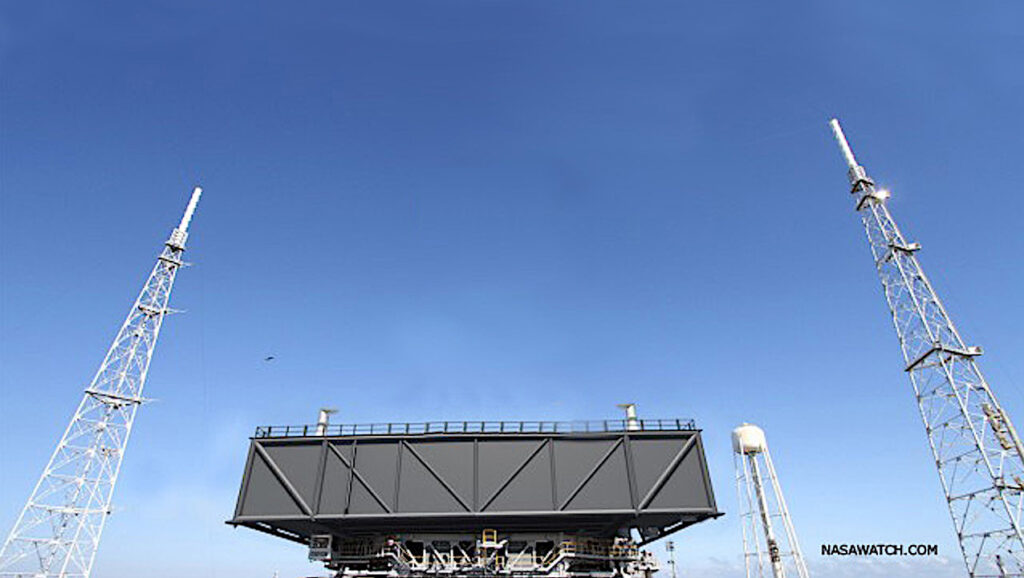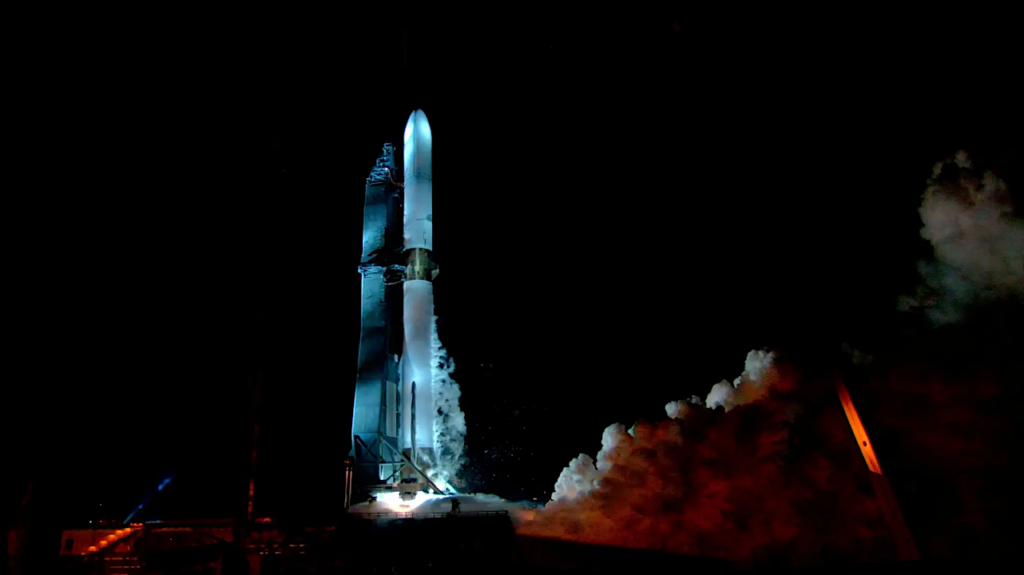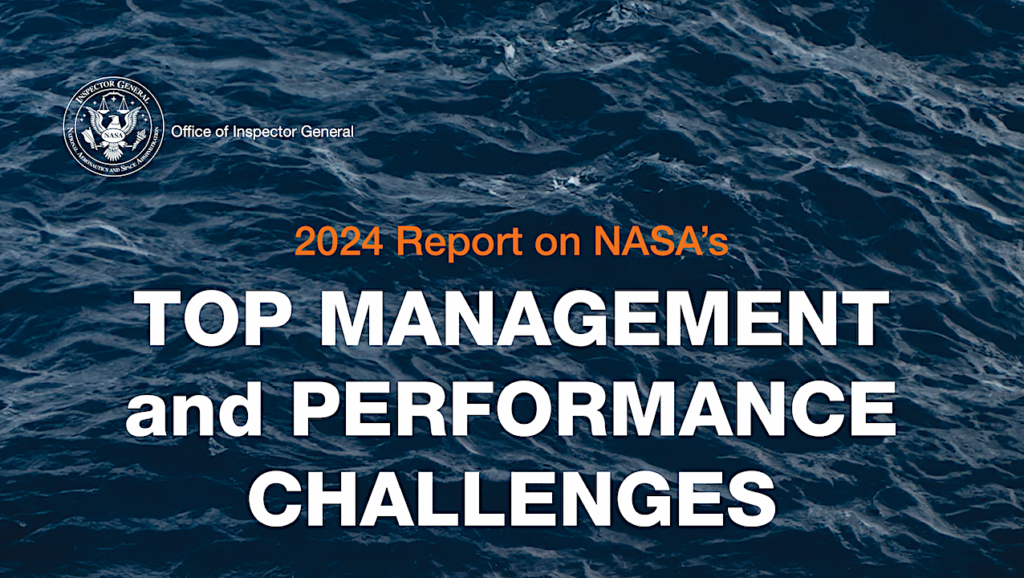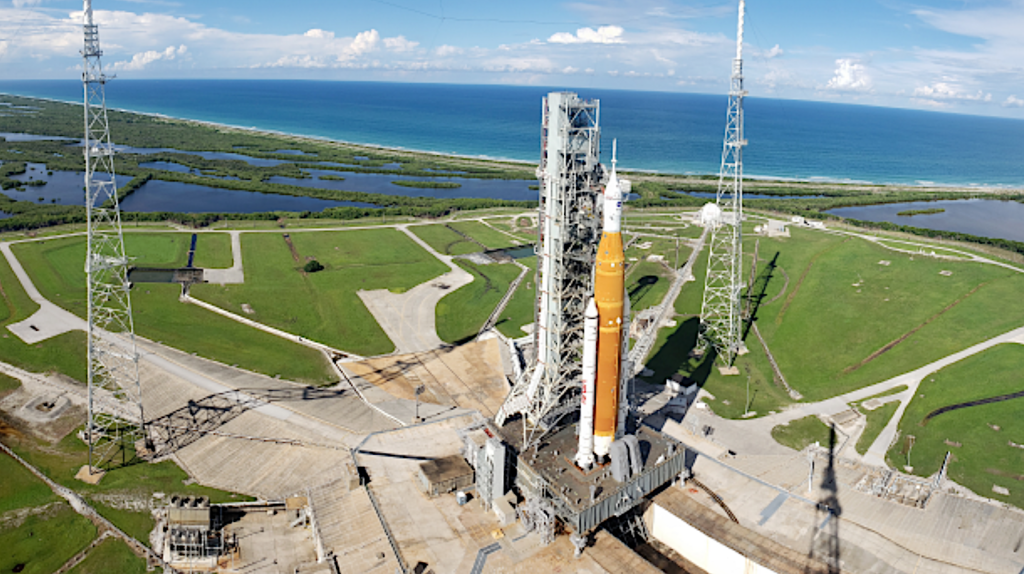Ares 1-X Staging Issue
 Ares I-X rocket chalks up successful test flight, CNet
Ares I-X rocket chalks up successful test flight, CNet
“But in a departure from the expected flight program, the dummy second stage went into a flat tumble as it continued along its ballistic trajectory instead of maintaining a nose-forward orientation. The dummy upper stage rose to a maximum altitude of about 150,000 feet before arcing over and plunging back to Earth 150 miles east of the space center.”
‘We stand today on the shoulders of giants,’ rocket manager says, Huntsville Times
“One area of concern comes from the separation of the first-stage solid rocket booster and the upper stage mockup, Davis said. “We are looking into that. It appeared the upper stage could have come back and made contact with the first-stage booster,” he said. “That’s what testing a design is all about, though. We’ve had some concerns, and now we’ve got hard information coming back so we can improve on Ares.”
Ares test launch helps NASA ‘avoid potential political damage’, Huntsville Times
“Griffin, who is working to develop a Center for Systems Studies at UAH, watched the launch on his computer. “It was marvelous,” he said. “It was right on trajectory the whole way.”
 Keith’s note: In this NASA CGI video of a computer simulation of the Ares 1-X, the first stage is shown slowly tumbling at staging and the second stage is shown flying on straight after staging only to start tumbling later. But the actual flight shows the first stage in steady flight and the second stage flying almost backward. According to Bill Harwood’s article in CNet, Mission Manager Bob Ess said “So far, we’re on a path to learn a lot. The separation seemed a little different than we predicted as far as how the upper stage reacted after separation. So right there’s an opportunity for us to jump in and figure out what was different in the actual flight from our models. So, hugely successful.”? AS for Mike Griffin’s comment about the rocket being “right on trajectory” I am going to assume that he shut off the video feed before staging.
Keith’s note: In this NASA CGI video of a computer simulation of the Ares 1-X, the first stage is shown slowly tumbling at staging and the second stage is shown flying on straight after staging only to start tumbling later. But the actual flight shows the first stage in steady flight and the second stage flying almost backward. According to Bill Harwood’s article in CNet, Mission Manager Bob Ess said “So far, we’re on a path to learn a lot. The separation seemed a little different than we predicted as far as how the upper stage reacted after separation. So right there’s an opportunity for us to jump in and figure out what was different in the actual flight from our models. So, hugely successful.”? AS for Mike Griffin’s comment about the rocket being “right on trajectory” I am going to assume that he shut off the video feed before staging.
Hmm, had there been a crew in a real capsule on a real second stage this might have been a slight problem. Yes, there was no second stage motor. But what if there was a real motor and it failed to start? One would think, at a minimum, that you’d like to have a design that defaults to a safe stage separation regardless of whether second stage ignition occurs such that a crew abort could be initiated. Its these high altitude abort scenarios that NASA managers often wave around to disqualify EELVs for use with human crews.
Then again, this was a flight test. And this aspect of the flight of Ares 1-X demonstrates precisely why they are valuable.








